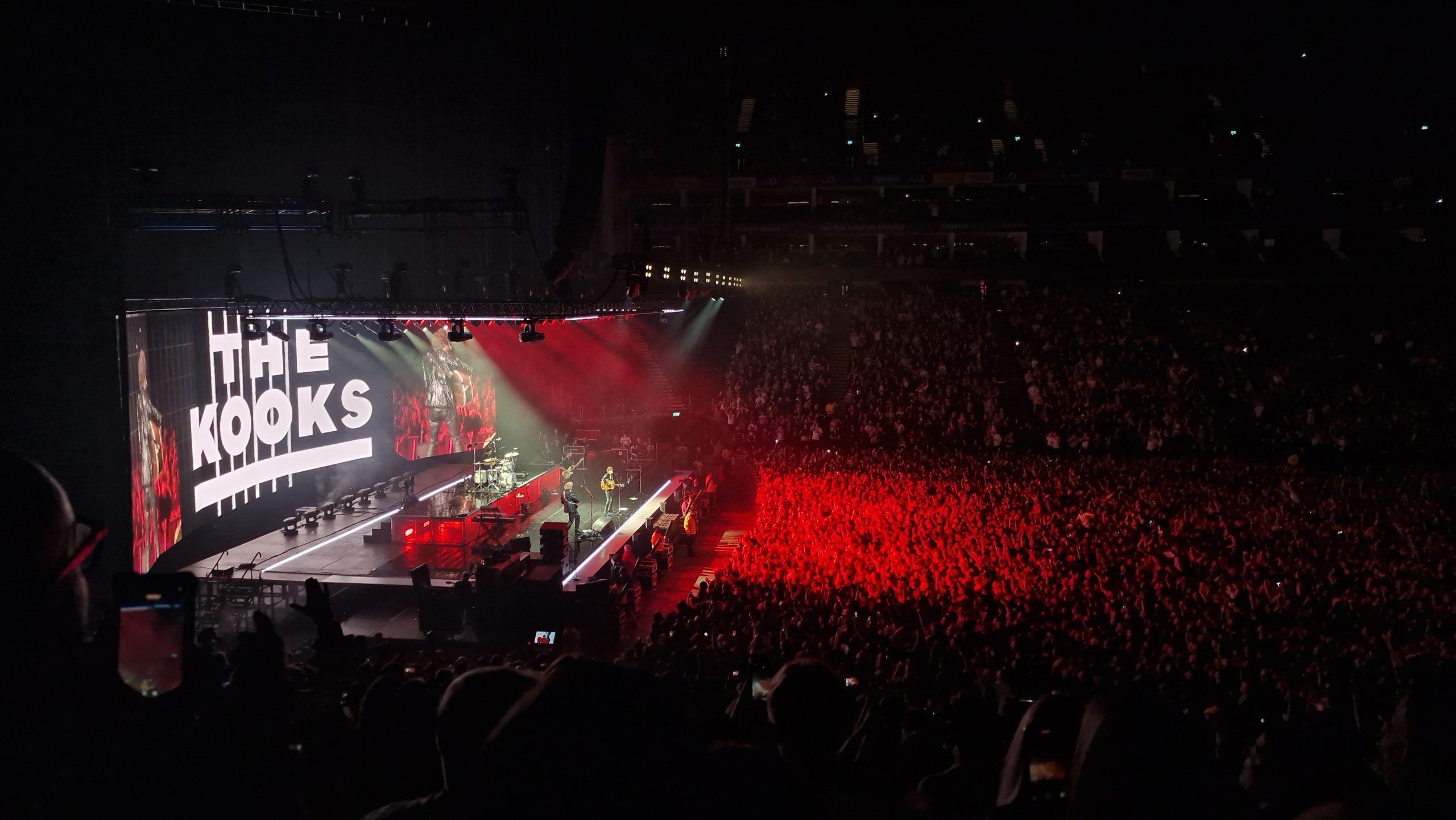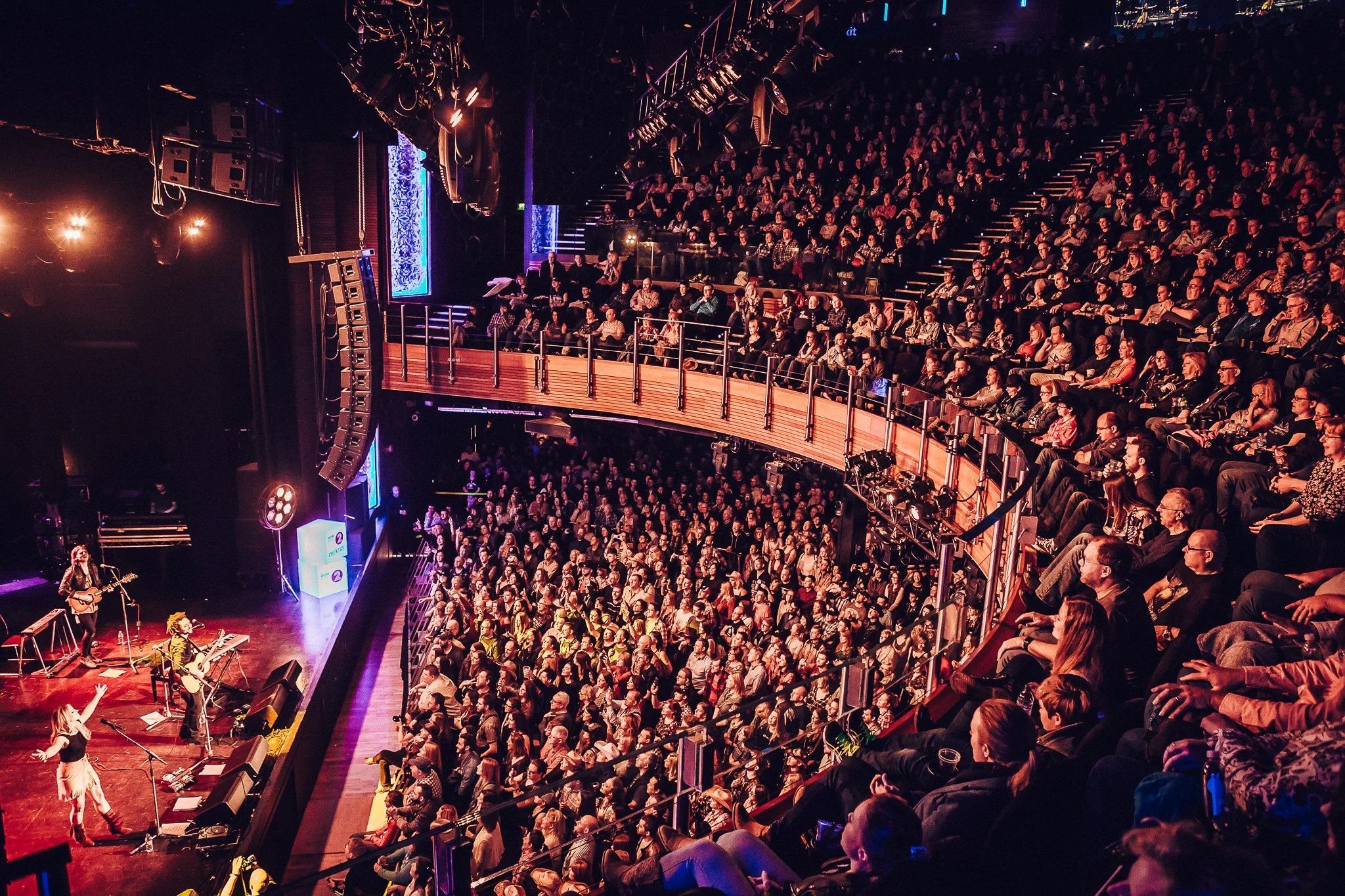
Imagine a place where fate and circumstance collide. A spot where the trajectory of our lives can change in an instant.
Welcome to the intersection. This is the place where vehicles, cyclists, and pedestrians converge, navigating the delicate balance oftiming and caution. Despite their purpose of organizing traffic flow, intersections are among the riskiest spots on the road.
Some intersections, like the busy crossing at Veterans Parkway and Manchester Expressway, have gained a reputation for frequent accidents how quickly routine trips can turn into life-altering events. In fact, nearly 50% of traffic injuries and fatalities occur at these critical points, according to the Federal HighwayAdministration (FHWA).
With some of the most dangerous road intersections claiming lives year after year, understanding what makes them so hazardous is essential to creating safer streets. Let’s uncover the factors that transform intersections into danger zones.
Key Factors That Contribute to Intersection Accidents
Intersections demand more attention and cooperation from all road users. Below are the critical causes of accidents at these crucial junctures.
Dangerous Driving Habits
Driver error is the leading cause of intersection accidents. Common risky behaviors include:
Distracted Driving: Activities like texting, eating, or adjusting in-car settings divert drivers’ attention from the road. In 2022,distracted driving caused over 3,300 fatalities, according to the National Highway Traffic Safety Administration.
Running Red Lights: Ignoring traffic signals can lead to severe collisions. The Insurance Institute for Highway Safety reports thatred-light running causes many deaths and injuries annually.
Failure to Yield: Drivers who fail to yield the right-of-way, especially during left turns, often cause serious T-bone crashes.
Driving While Intoxicated: Alcohol and drugs affect judgment and decrease reaction time and attention, thereby making intersections unsafe for drunk individuals.
Poor Infrastructure Design
Faulty intersection designs significantly contribute to accidents. Common design flaws include:
Obstructed Visibility: Trees, buildings, or parked vehicles block sightlines, making it difficult for drivers to anticipate oncoming traffic or pedestrians.
Insufficient Lighting: Poor lighting conditions at night reduces visibility for drivers, pedestrians, and cyclists.
Inadequate Signage: Confusing or missing road signs can leave drivers unsure about the correct course of action.
Weather-Related Hazards
Bad weather leads to poor visibility and slippery roads, which makes it challenging to cross roads at intersections. According to the FMCSA, 21% of all accidents involving roads in the United States are weather-related incidents. Intersections are particularly vulnerable to:
Decreased Visibility: Fog and heavy rain obscure traffic signals and other road users.
Slippery Surfaces: Snow and ice reduce traction, leading to longer stopping distances and less control over vehicles.
Pedestrian and Cyclist Challenges
Intersections are shared spaces, making pedestrian and cyclist safety a priority. Accidents often occur when:
Jaywalking Pedestrians: Crossing outside designated areas or ignoring signals increases risk.
Cyclist Errors: Failing to signal or riding outside marked lanes creates confusion.
Urban areas face increased risks due to the dense mix of vehicles, cyclists, and pedestrians.
Vehicle Malfunctions
Mechanical failures, though less common, can lead to accidents at intersections. These include:
Brake Failures: Inability to stop in time causes rear-end collisions.
Tire Blowouts: Sudden loss of control increases the risk of accidents.
Regular vehicle maintenance is key to preventing such incidents.
Building Safer Intersections: A Collective Responsibility
Every turn is a choice, every choice leads to a consequence. Intersections are more than just crossings—they’re catalysts forconnection or collision. Ensuring safety at these critical points requires a united effort. Here are some tips.
Drivers: Focus on the road, respect traffic signals, and yield the right-of-way when necessary.
Pedestrians: Use crosswalks and follow traffic signals.
Cyclists: Signal your intentions and adhere to the rules of the road.




